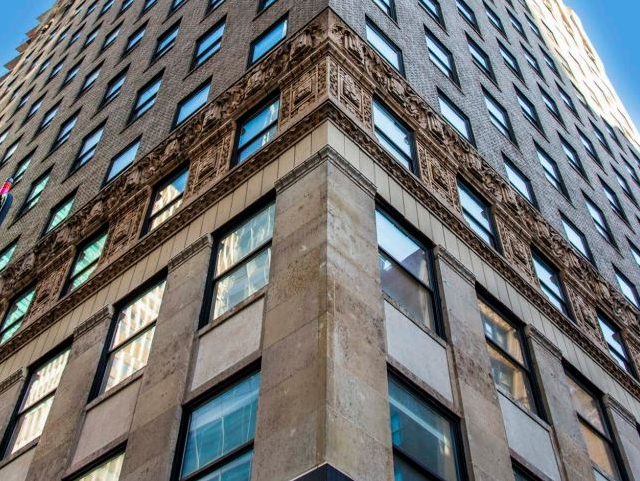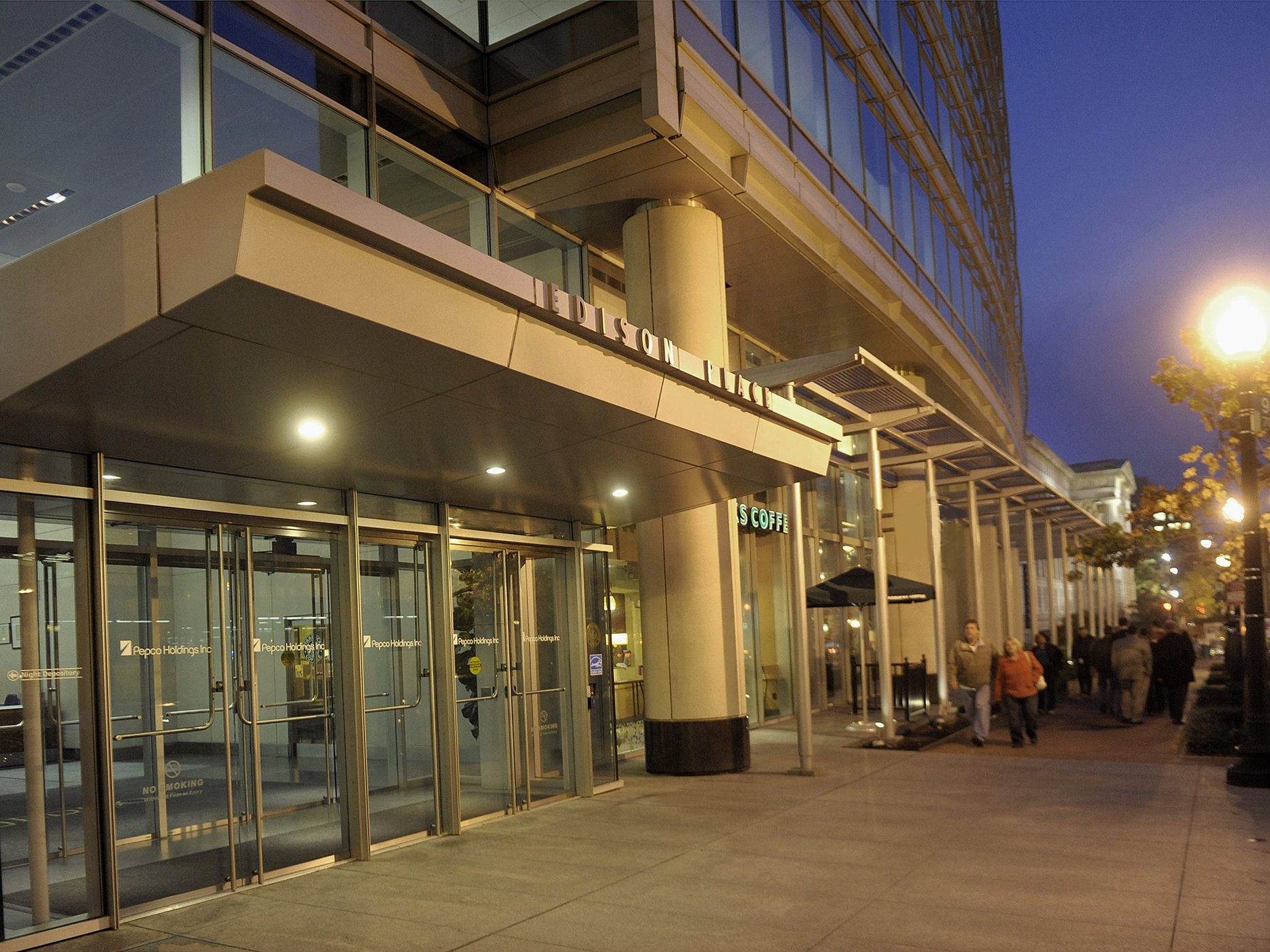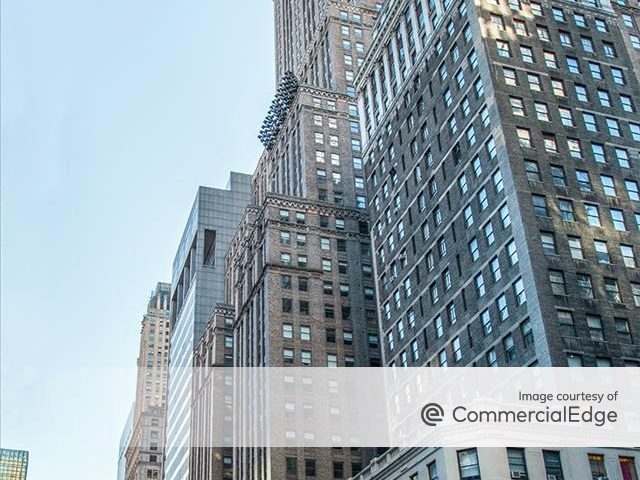The Impact of Interest Rates and Inflation on Industrial Real Estate
Larger economic issues weigh heavily on the sector, says JLL's Katie Parsons.
It’s a Friday in June. It’s not a holiday, or a special occasion or even a memorable moment in the day. However, it is important to the industrial real estate market as the sector seems to be re-calibrating daily.
The Good News
Industrial leasing fundamentals are still positive after a banner 2021. Despite a hearty influx of new deliveries, national vacancy rates fell for the sixth straight quarter to 3.4 percent as occupiers absorbed 110.8 million square feet in first quarter 2022.
As such, the average national asking rent climbed to $7.62 per square foot, marking a 7 percent increase over fourth quarter 2021 and becoming the largest quarter-over-quarter increase since at least 2000.
In addition, investor transaction volume for the first quarter 2022 was strong, reaching $33.2 billion, the second-highest total ever for a first quarter showing and a notable achievement following a year that saw a record amount of capital pour into the industrial sector. There is still record levels of liquidity in the domestic markets, and overseas capital has an even longer runway.
In first quarter 2022, developers delivered 90 million square feet of new inventory, effectively equal to first quarter 2021. While strong by historical standards, this influx of new space barely moved the needle on vacancy for most markets. According to JLL research, the pipeline of under-construction space grew to 531 million square feet, of which more than a quarter is in the mega-box size category of 1 million square feet and larger.
There appears to be a bifurcating of markets between the coastal/port markets and non-port markets. Port markets have seen year-over-year rent growth eclipse 23 percent, compared to 16 percent in non-port markets. Further, despite a near 40-basis-point pricing premium, these coastal cities represent an attractive opportunity for investors looking to secure long-term net operating income growth.
The (Less) Good News
While projects continue to be mired in delays due to materials and labor shortages, the volatility in material pricing itself has started to calm. However, prices are still going up for these materials, thanks to inflationary pressures. Tight labor and housing markets, supply chain constraints, growing production and energy costs, and surging consumer demand are all key contributing factors to our rising inflation, which in May reached the highest levels since 1981 at 8.6 percent.
Real concerns surrounding inflation and rising interest rates are causing investors to assess their underwriting. Negative leverage is beginning to be the primary driver of capitalization rates due to the cost of capital. It’s possible to mitigate some of this negative leverage with the exponential rent growth that is still occurring in many markets. However, if and when rent growth moderates, there will likely be some downward pressure on values.
The Overall Outlook
JLL anticipates that vacancy will continue to decline for industrial product, likely bottoming out at sub-3.0 percent. From a landlord perspective, any shifts in rates have not impacted the need for space. The supply chain is still not right-sided, which means that tenants are not at pre-pandemic supply levels in their warehouses. Even if there were to be a pull-back in consumer spending, there would still be a significant shortage of warehouse space throughout the country.
Businesses are also still shell-shocked from the massive disruption to their supply chains that occurred during the pandemic and are re-thinking their distribution models. “Just in time” delivery used to drive decisions. There’s since been a pivot to “just in case”, both in terms of product and in terms of space-banking due to rental rates increasing quickly.
Workforce considerations are also driving these locational decisions, as are rising fuel costs due to inflation. Tenants are approaching expansions, especially to non-gateway markets more carefully, as the rent savings from moving to tertiary locations is likely offset by higher transportation costs.
However, real estate is only a fractional part of overall cost for these businesses (estimated at 3 to 6 percent). The inflationary pressures in terms of real estate costs likely pale in comparison to the inflationary and interest rate impacts on the rest of their business.
Given these factors, it is anticipated that market rents will continue to increase across the industrial sector. Most investors are underwriting 7.0 percent or higher in most markets and anticipate rising rents through 2023.
Speculative development will likely continue, though will be impacted by supply chain and regulatory restrictions. Capital is virtually non-existent for non-permitted and phased development (two to three years until completion). Upfront due diligence for construction debt is becoming far more robust, with more focus on appraisals and underwriting assumptions.
Capital markets underwriting has changed significantly in second quarter 2022. There has been re-pricing of many assets, which was initially driven by changes to the debt market but are now more driven by overall risk assessment. The most attractive type of industrial property has become value-add product with near-term roll or vacancy.
The buyer pool has also decreased for industrial assets, as investors are pivoting away from asset classes that aren’t near the peak of pricing (ie. retail). Most investors are now underwriting slightly higher investment rates, particularly at the end of their projected holding period.
Overall, the entire real estate class could benefit from this period of economic volatility and continue to outperform the broader equity markets. Some market participants are assuming that this volatility is short term. Others believe that a slowdown in the economy could create arbitrage opportunities. Investors are stress testing for an inflationary environment, rate increases and a potential recession. It’s likely that this will continue for the second half of 2022 until the direction of the economy becomes clearer.








You must be logged in to post a comment.